Traditionally, pre-K is thought of as learning that sets kids up for kindergarten.
But research suggests pre-K prepares children not just for school, but for life, said Christy Tirrell-Corbin, the executive director of the Center for Early Childhood Education and Intervention at the University of Maryland. Those who go into kindergarten with a preschool background have stronger scores in literacy and math, better physical and motor development, improved high school graduation rates, higher incomes and lower incarceration rates, some studies say.
It all goes back to how pivotal the first five years of life are for brain development, a period that has largely passed by the time most children enter kindergarten at 5.
“When they have rich learning experiences,” Tirrell-Corbin said, “they love to investigate, they love to ask questions, and they love to learn about their world, which sets a real foundation for later.”
The Baltimore Banner thanks its sponsors. Become one.
That’s why Maryland is dead-set on getting more kids in pre-K — specifically into programs with highly skilled teachers and age-appropriate academic standards.
Read More
Under the Blueprint for Maryland’s Future, legislation that calls for an influx of tens of billions of dollars into the state’s public education system, school districts are supposed to make high-quality pre-K available to all 4-year-olds in the next few years. It’s envisioned as a combination of public schools and private preschools adding pre-K spots and shifting to meet new standards, with some parents picking up tuition costs depending on their income. The state calls it a “mixed-delivery system.”
Districts also have to add free pre-K for 3-year-olds who come from low-income households or who have special needs, like those who speak a language other than English at home. It’s an ambitious plan that’s falling behind its original goals.
So what does Maryland consider a high-quality pre-K program? Here’s what educators, experts and caregivers say to look for — and what to do if pre-K isn’t an option for your family.
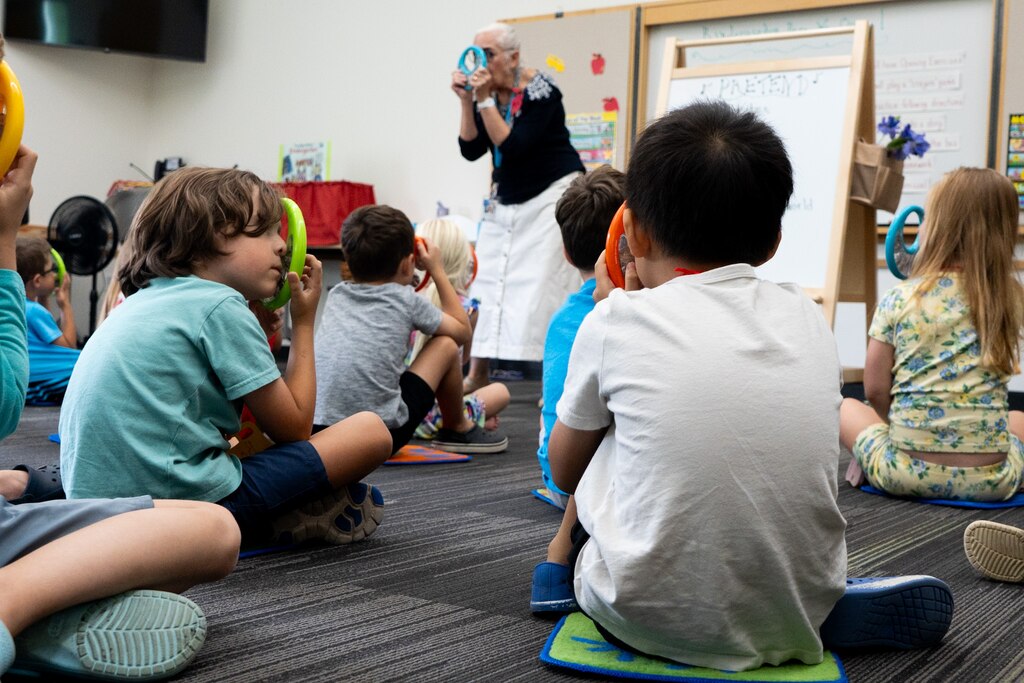
Highly skilled teachers
For Tirrell-Corbin, the quality of teaching sets the tone for the rest of a pre-K program.
The Baltimore Banner thanks its sponsors. Become one.
“What do they know about child development? What they do know in terms of children’s learning? What do they know about curriculum and pedagogy?” Tirrell-Corbin asked.
The state has a few plans for ensuring pre-K teachers stay up to date in those areas.
Pre-K programs receiving public funds must reach a quality rating of 5, the highest mark granted by the state’s child care rating system, within five years. Parents can search for programs by quality rating.
Originally, the Blueprint envisioned higher education as the pathway to increase the quality of pre-K teachers. But legislation passed last year allows some teachers to substitute those requirements with at least a decade of experience in the field.
The Blueprint also calls for staff working in private pre-Ks, who often earn compensation at minimum wage or just above it, to receive salaries and benefits comparable to those in the public school system. The state is supposed to restore and increase its funding for training vouchers and direct bonuses, which encourage advanced training and continued education for pre-K teachers.
The Baltimore Banner thanks its sponsors. Become one.
A focus on academics through play
With four kids, including twin boys, Meredith Poling didn’t have the time to teach her daughter Iris to read.
But Iris, who attended pre-K at a Baltimore County public school, was reading by the summer before kindergarten. And now, while other kids in kindergarten are learning letter sounds, Iris reads bedtime stories to her little brothers and is starting on chapter books, her mom said.
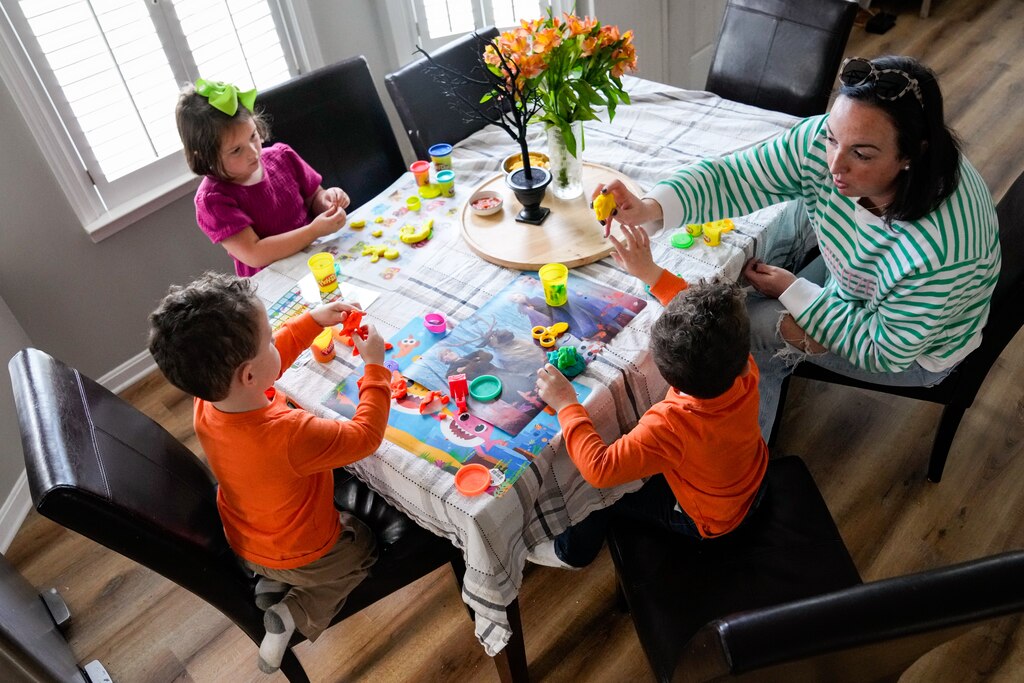
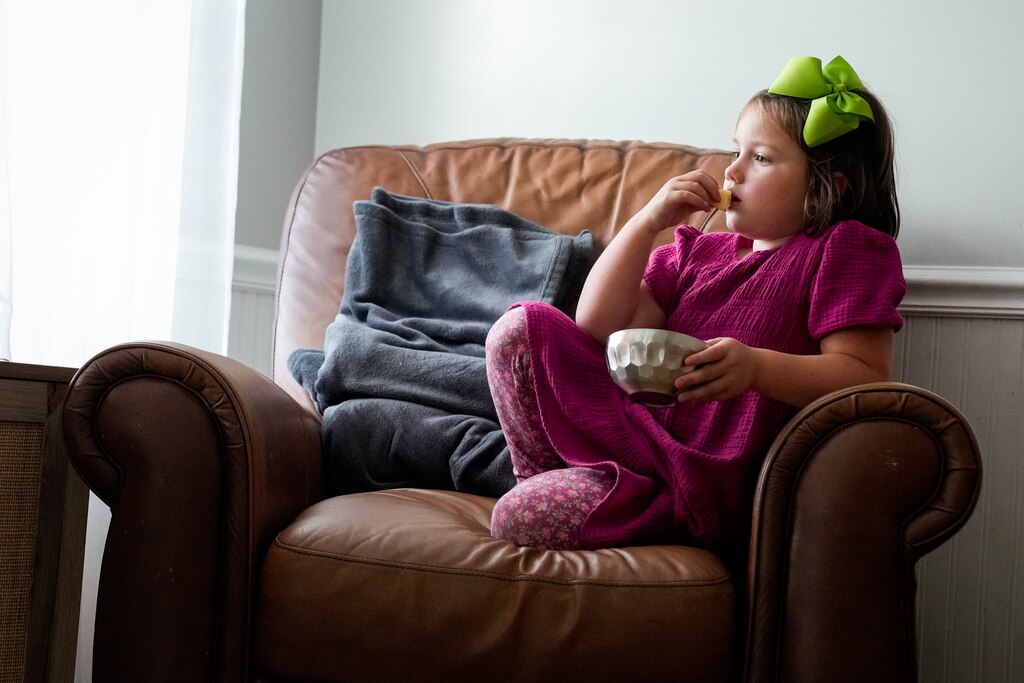
Poling immediately noticed the stronger focus on academics when Iris moved to public pre-K from her part-time nursery school.
“Whatever new curriculum they used was working really well,” Poling said. “She was sounding out things, she was making connections.”
Poling thought full-day structured schooling with no nap time would be a lot for her daughter, but she later realized Iris was up to the challenge. Going every day helped reinforce ideas, Poling added, and riding the bus made it feel like “real school.”
The Baltimore Banner thanks its sponsors. Become one.
To get public funding, preschool curricula must align with Maryland’s early learning standards, one of the ways that the state is striving to get all pre-K programs on equal footing. The standards cover areas like literacy and social-emotional development.
Tirrell-Corbin said after pre-K, students should be able to identify letters and distinguish them from words, count, and sort things into different categories. When children don’t nail down that essential knowledge, they can spend their kindergarten year catching up instead of building on those early skills.
She added that pre-K should be multisensory, hands-on and center on play. Berol Dewdney, a teacher at The Commodore John Rodgers School in Baltimore, agreed.
“We want our kids going into spaces that honor how their brains learn best,” Dewdney said, adding that play helps kids develop oral language skills. “We want our kids to be developing as much oral language as possible, because that’s the bedrock of reading and writing.”
Social time and a school-like setting
Poling thinks part of what’s helping Iris in kindergarten is that she’s in the same school building where she went to pre-K. Getting kids used to structure and routines is a big part of early learning.
The Baltimore Banner thanks its sponsors. Become one.
To make sure school is a joyful place, kids need to learn how to control their impulses, manage their feelings and develop their working memory, Dewdney said.
While she cares about the academics, what Dewdney considers most important is teaching kids how to interact with others. That means establishing self-regulation so they can “handle the big feelings of disappointment when something doesn’t go their way.” They need to learn how to share and make mistakes.
Being around other kids benefitted Rachel Podorski Orozco’s son, who started pre-K at a Howard County public school last year at 3 and is back for another year of preschool. Her son has an individualized education program for a speech delay. He started going to school on a half-day basis four days a week last year, and has since scaled up to five. And there was a “wild” immediate effect, Orozco said.
“Within a week, he was talking,” Orozco said. “His behavior changed. His personality changed. I just can’t say enough good things about the program.”
Orozco thinks her pandemic baby being around other children and making friends was a factor in helping his speech take off. Pre-K also helped his social skills: He knows how to tell kids when he’s already playing with a toy they want, but also knows how to share and wait his turn.
The Baltimore Banner thanks its sponsors. Become one.
When her daughter is old enough for pre-K next year, Orozco intends to send her for the socialization, even though she’ll have to pay for the schooling.
What if pre-K isn’t an option?
Corey Bryce is years off from worrying about pre-K: Her daughter, Julien, just turned 1. But Bryce is a single mom working two jobs and going to school part-time. Her child care is mostly subsidized, and getting at least reduced-cost pre-K will be “absolutely essential” for her. Otherwise, she may have to stop working, move in with family members and apply for more government assistance.
While the state’s pre-K expansion should bring a year of two of relief to low-income families facing down the soaring costs of child care, some parents still won’t be able to afford education until kindergarten, or may just want to keep their kids at home longer.
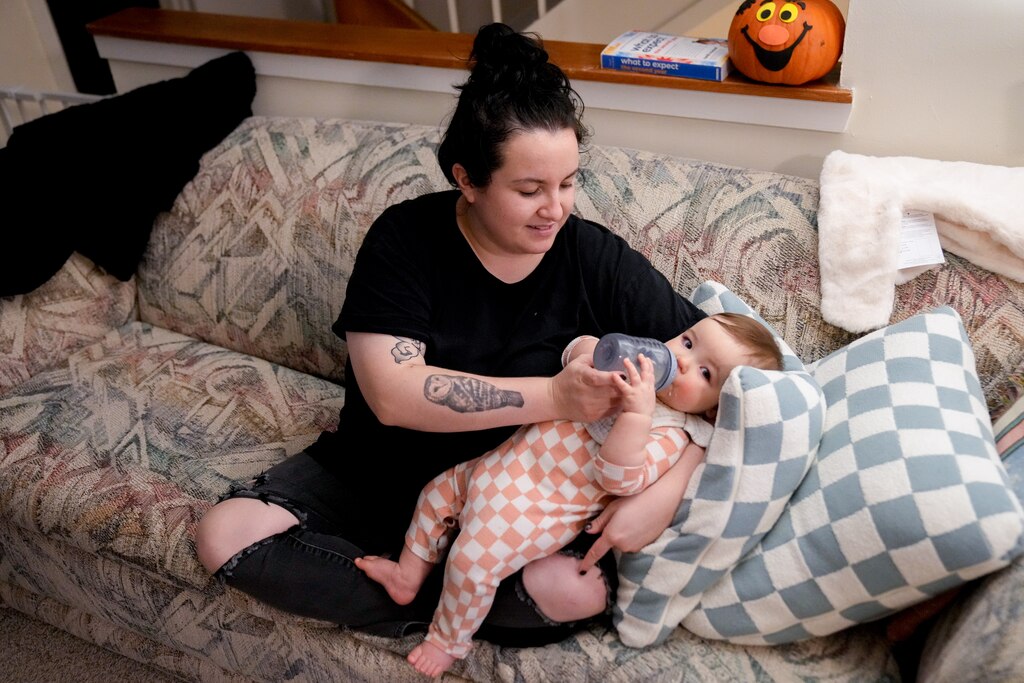
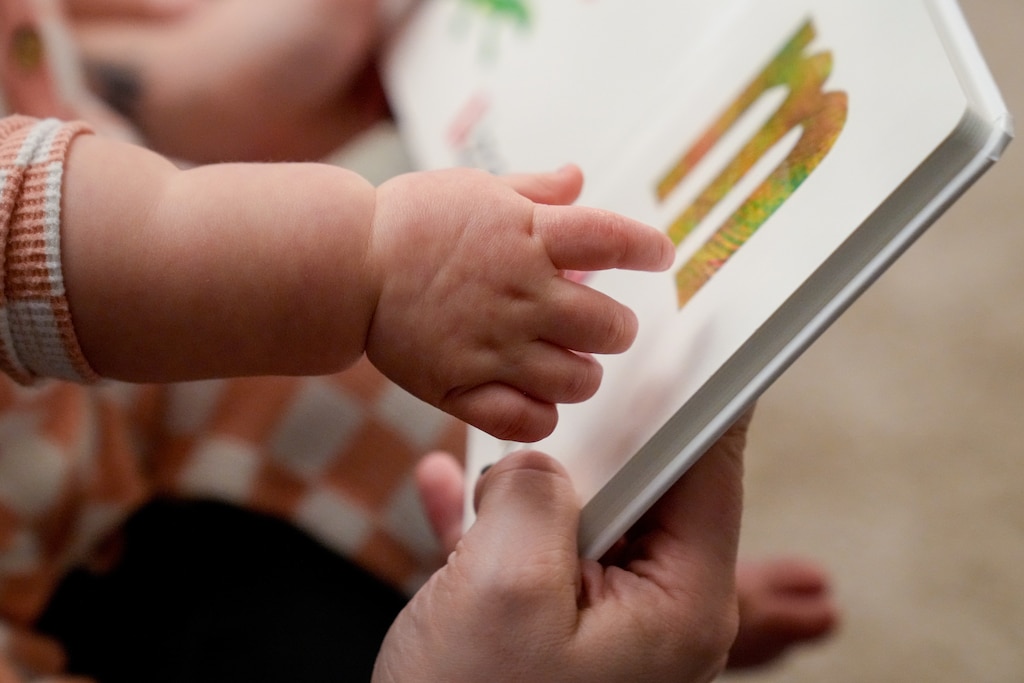
If that’s the case, Tirrell-Corbin recommends going to your local library both for the books and the free education programs. Parents can find play groups that meet at parks and playgrounds for informal social time.
And learning can be done anywhere, she adds: At the grocery store, ask children to grab one green pepper or two red ones, helping them with counting and differentiating colors. On a fall walk, pick up the leaves that drift down and feel the different textures.
Still, Bryce would prefer the set-in-stone nature of a pre-K program. While she loves playing with and caring for her daughter, she’s not an early childhood expert. She relies on the teachers she now considers her village, who watched Julien hit her earliest milestones.
“There is so much information out there about which books to read or which toys to have or what activities to do with your kids. It’s hard for me to sift through that information,” Bryce said. “It’s comforting for me to know that she would be able to go to a school where they already have a curriculum, they have that all figured out.”
About the Education Hub
This reporting is part of The Banner’s Education Hub, community-funded journalism that provides parents with resources they need to make decisions about how their children learn. Read more.





Comments
Welcome to The Banner's subscriber-only commenting community. Please review our community guidelines.